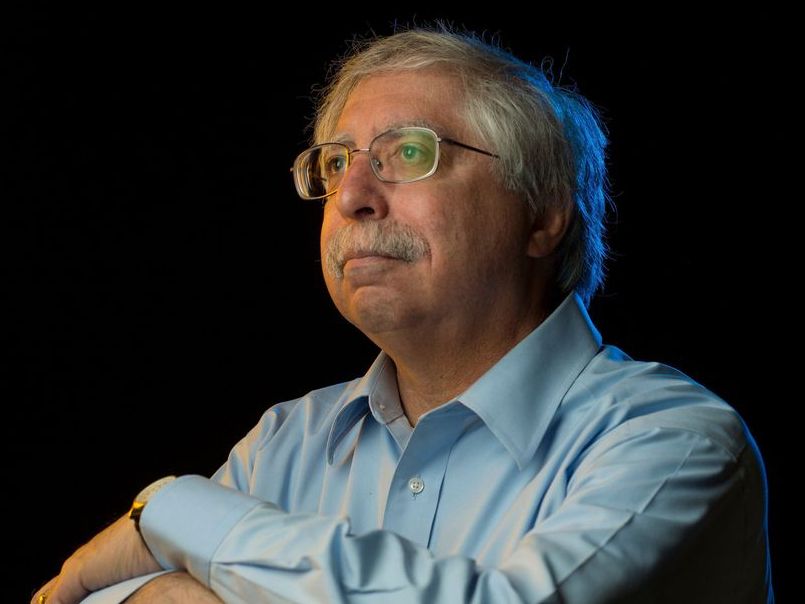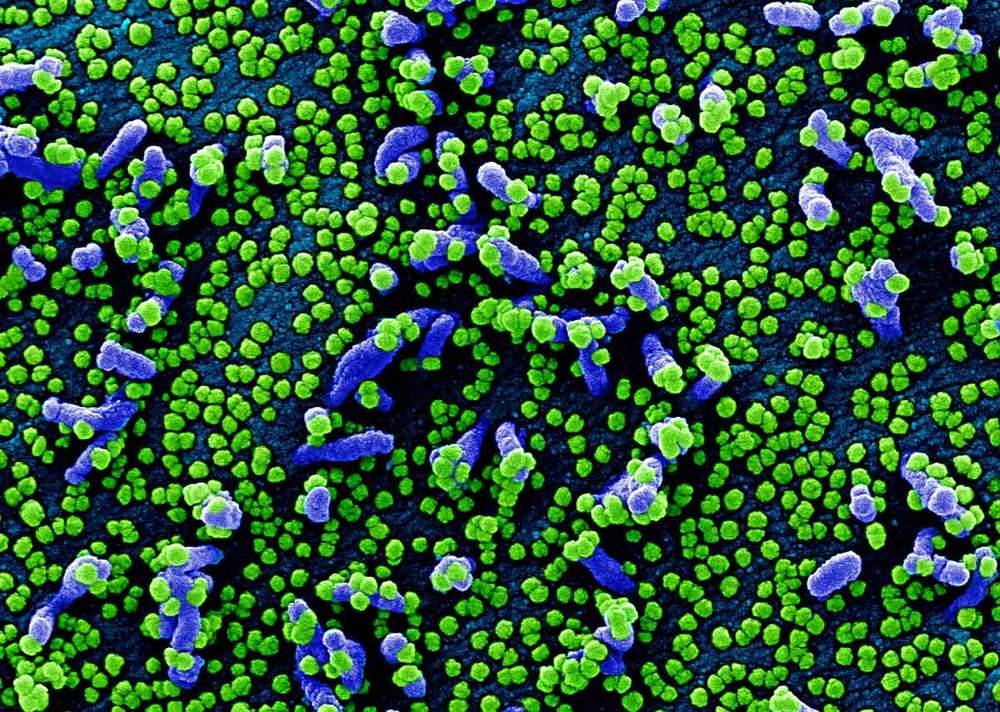Human clones have long been a topic of science fiction, but how far off are they in reality? Let’s take a look at current advances and see when and where we might see the first human clone.
Category: biotech/medical – Page 2,274

New clues to predict the risks astronauts will face from space radiation on long missions
The National Aeronautics and Space Administration, NASA, aims to send human missions to Mars in the 2030s. But scientists are still trying to learn more about the potential cancer risks for astronauts due to radiation exposure. Cancer risk from galactic cosmic radiation exposure is considered a potential “showstopper” for a manned mission to Mars.
A team led by researchers at Colorado State University used a novel approach to test assumptions in a model used by NASA to predict these health risks. The NASA model predicts that astronauts will have more than a three percent risk of dying of cancer from the radiation exposures they will receive on a Mars mission. That level of risk exceeds what is considered acceptable.
The study, “Genomic mapping in outbred mice reveals overlap in genetic susceptibility for HZE ion- and gamma-ray-induced tumors,” was published April 15 in Science Advances.
Moscow’s Facial Recognition Tech Will Outlast the Coronavirus
👽 Facial recognition and Covid 19 in Moscow, Russia.
Fyodor R.
MOSCOW – The Russian capital is home to a network of 178,000 surveillance cameras. Thousands of these cameras are already connected to facial recognition software under a program called “Safe City.” Police claim the technology has helped arrest more than 300 people.
Now, as part of the response to COVID-19, authorities are trying to bring every surveillance camera into the facial recognition network. This Orwelian step is supposedly to catch people breaking quarantine.
At the end of January, before Moscow had any confirmed cases of coronavirus, the city purchased the latest version of NTechLab’s facial recognition software.

What do we know about COVID-19 and sewage?
A version of this story was first published by COVID-19 Waterblog. Read the original.
There has been quite some talk about SARS-CoV-2 shedding in faeces and what that might mean for the water industry. Here, Susan Petterson provides a snapshot of the current data.
As I see it, there are two aspects to this conversation: the first is a concern that sewage may contain infectious SARS-CoV-2 viruses; and the second relates to the more theoretical potential of using SARS-CoV-2 RNA concentration in sewage as a public health surveillance tool.

Return of the lysergamides. Part VI: Analytical and behavioural characterization of 1-cyclopropanoyl-d-lysergic acid diethylamide (1CP-LSD)
Lysergic acid diethylamide (LSD) is a prototypical serotonergic psychedelic drug and the subject of many clinical investigations. In recent years, a range of lysergamides has emerged with the production of some being inspired by the existing scientific literature. Others, for example various 1-acyl substituted lysergamides, did not exist before their appearance as research chemicals. 1-Cylopropanoyl-LSD (1CP-LSD) has recently emerged as a new addition to the group of lysergamide-based designer drugs and is believed to be psychoactive in humans. In this investigation, 1CP-LSD was subjected to detailed analytical characterizations including various mass spectrometry (MS) platforms, gas and liquid chromatography, nuclear magnetic resonance spectroscopy, solid phase and GC condensed phase infrared spectroscopy. Analysis by GC-MS also revealed the detection of artificially induced degradation products. Incubation of 1CP-LSD with human serum led to the formation of LSD, indicating that it may act as a prodrug for LSD in vivo, similar to other 1-acyl substituted lysergamides. The analysis of blotters and pellets is also included. 1CP-LSD also induces the head-twitch response (HTR) in C57BL/6J mice, indicating that it produces an LSD-like behavioural profile. 1CP-LSD induced the HTR with an ED50 = 430.0 nmol/kg which was comparable with 1P-LSD (ED50 = 349.6 nmol/kg) investigated previously. Clinical studies are required to determine the potency and profile of effects produced by 1CP-LSD in humans.
This article is protected by copyright. All rights reserved.
PMID: 32180350 DOI: 10.1002/dta.
Frontiers & IUIS Collaborate on COVID-19 Video & Webinar Series
Faith Osier, President of the IUIS — International Union of Immunological Societies, calls on researchers to share knowledge and resources to halt the coronavirus (COVID-19) pandemic, as she launches an expert commentary and webinar series on scientific and civil responses to the outbreak.
See all interviews: https://fro.ntiers.in/yDH4


‘DO NOT click the link’; Police warn of scam COVID-19 text messages
Scam alert.
THOMASTON, Me. (WSET) — Police are warning cell phone users of a new text message scam during the coronavirus pandemic. The Thomaston Police Department in Maine posted on Facebook a photo of the alert being sent to people in a text message. The message was sent to someone in Maine from an Indiana area code telling them they need to self-isolate because they came in contact with someone who tested positive or has shown symptoms for coronavirus. The alert also tells you to get tested.

MDMA-Assisted Psychotherapy
Founded in 1986, the Multidisciplinary Association for Psychedelic Studies (MAPS) is a 501©(3) non-profit research and educational organization that develops medical, legal, and cultural contexts for people to benefit from the careful uses of psychedelics and marijuana. MAPS furthers its mission by: Developing psychedelics and marijuana into prescription medicines; Training therapists and working to establish a network of treatment centers; Supporting scientific research into spirituality, creativity, and neuroscience; and educating the public honestly about the risks and benefits of psychedelics and marijuana.

Multiple scientific studies suggest smoking may PROTECT against coronavirus
Another study, by America’s Centers for Disease Control of over 7,000 people who tested positive for coronavirus, found that just 1.3 per cent of them were smokers — against the 14 per cent of all Americans that the CDC says smoke.
The study also found that the smokers stood no greater chance of ending up in hospital or an ICU.
The reasons for this are unclear.